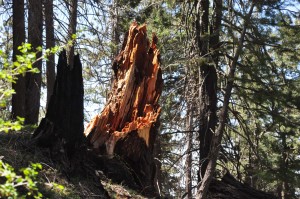Dave and I were exploring Bear Canyon in the Catalina Mountains. The stream was intermittent, with long stretches of dry sand, and occasional pools. When we got to the area pictured here, we sat down to relax and talk. The pool was about 10 by 20 feet, and a foot or two deep. We were on the north side of the water, so ripples in the surface sparkled in the sunlight.
Then we noticed what looked like a cluster of four stars moving erratically across the water. Looking through our binoculars we saw that each star was an indentation in the water caused by the legs of a water strider. We also noticed that the two front legs are very much smaller than the side ones, and created smaller stars, so there were six in all. (Gerridae are a family of insects in the order Hemiptera, commonly known as water striders, water bugs, pond skaters, water skippers, or jesus bugs. Wikipedia)
 An enlarged picture of the water strider
An enlarged picture of the water strider
It was somewhat hypnotizing watching these insects dart around the pond. We imagined that this might be their whole world. In addition to skimming the top of the water, they occasionally jumped, doing so quickly enough for us to wonder where they had gone.
Then a white moth (or butterfly), landed on the pond, at first lying quite still. The water striders started to gather around, and looked as if they were going to feast on this delectable corpse, when, all of a sudden it started flapping its wings furiously. The encircling mob immediately retreated. We were fascinated by the sun reflecting off the ripples, and the shadows of the ripples making fast moving circular patterns on the bottom.
 There seem to be about six striders in this view
There seem to be about six striders in this view
After a few seconds of furious motion, the moth lay perfectly still. The striders cautiously started to move in, only to be panicked by another flurry of wing activity. We noticed that the beating wings did not leave the surface of the water. They were more like paddles on a row boat.
In addition to the striders a couple of dragon flies came into the area right above the water, darting back and forth and then disappearing upstream. We were amazed at how they managed to avoid a spider’s web that hung in the still air.
The drama with the striders and the dying moth continued, and we left the area long before it was finished. We felt privileged to share their world, if only briefly.
BOOK SIGNING
This coming Sunday, November 6, I will have a book signing at our church – Sunrise Chapel.
The chapel is on 8421 E. Wrightstown Road, between Pantano and Camino Seco, in Tucson. The signing will be on the Patio from 12:15 to 1 pm. I will have these three books: “Bo and the Fly-Away Kite (written by Virginia Ames and illustrated by me), “Church Growth Pains and Pleasures” and “More Wildflowers and Trees” containing photographs of 343 plants thast did not make it into my other books: “Mountain Wildflowers” and Mountain Trees” which will also be on sale. Notecards of my wildflower portraits will be available. I would love to see you there.

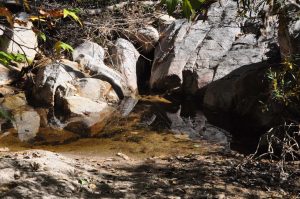

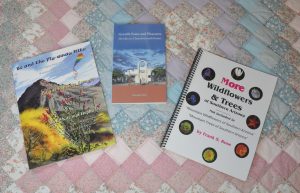


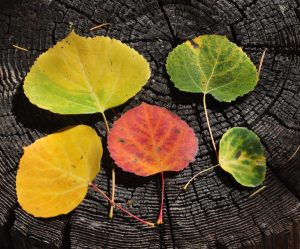
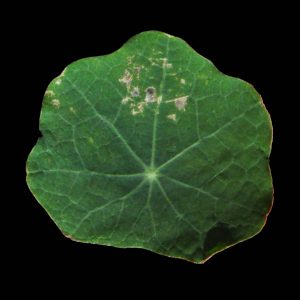
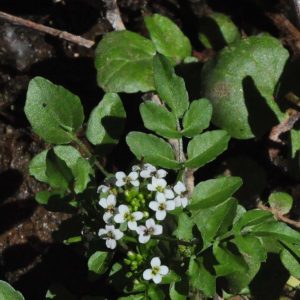
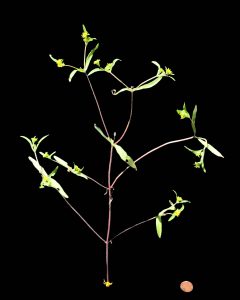

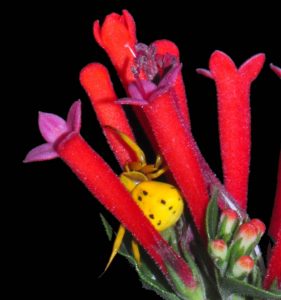
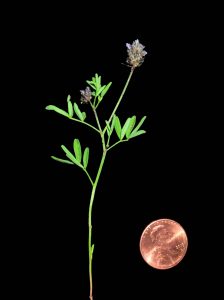
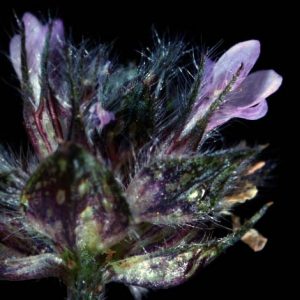
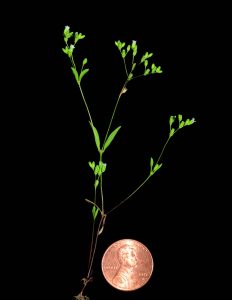
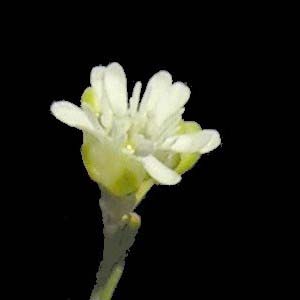

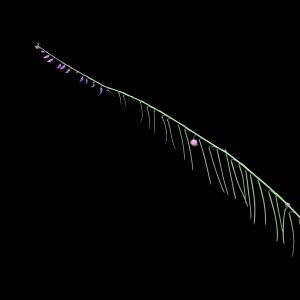 Pennellia with the round dot being an enclosed flower
Pennellia with the round dot being an enclosed flower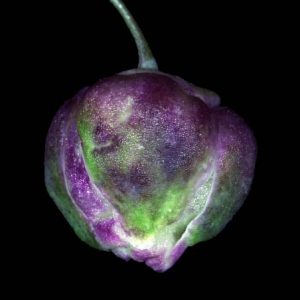
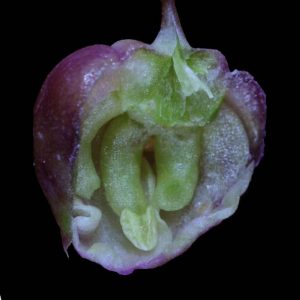
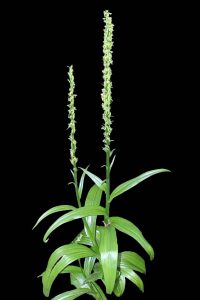
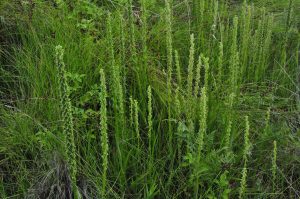

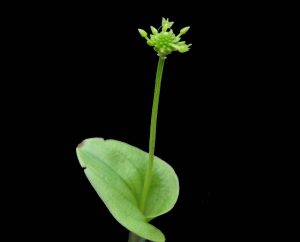

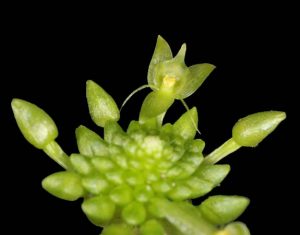

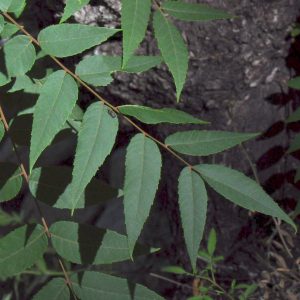 Walnut leaves
Walnut leaves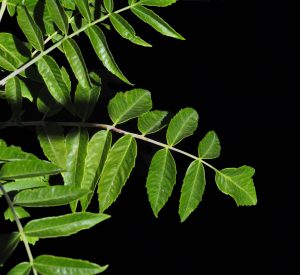 Sumac leaves
Sumac leaves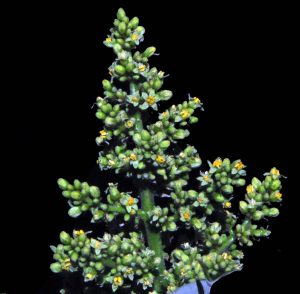 Sumac flower cluster
Sumac flower cluster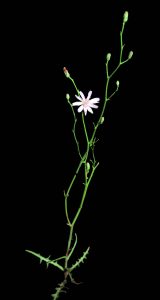 Mystery plant
Mystery plant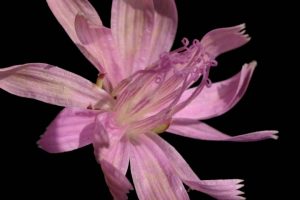 Mystery plant close up
Mystery plant close up “Fall Leaves” – One of the paintings in the article:
“Fall Leaves” – One of the paintings in the article: 
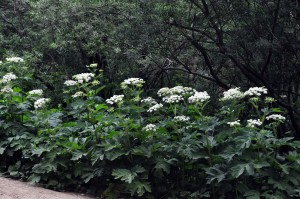
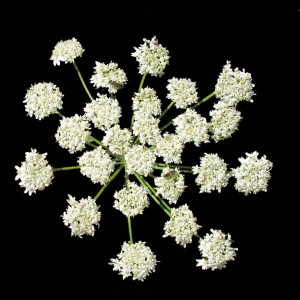


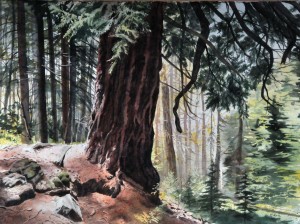
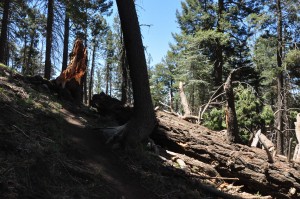 The trail was about in the middle of this fallen trunk
The trail was about in the middle of this fallen trunk This is where the trail used to be
This is where the trail used to be